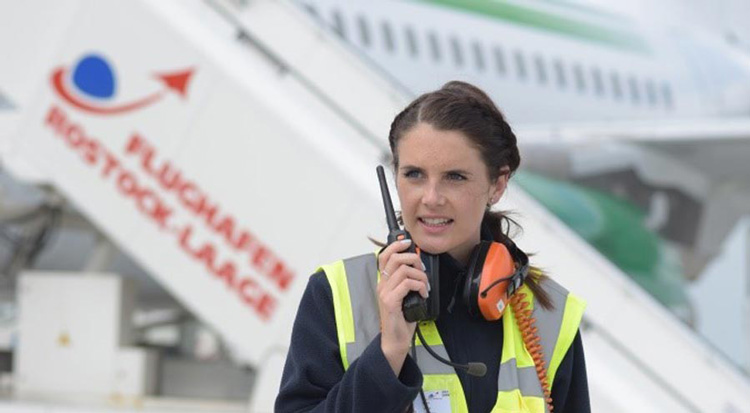Are two way radios allowed on airplanes?
Two way radios are wireless devices that can communicate with each other over a certain distance. They are often used for personal, family, or business purposes, such as camping, hiking, hunting, skiing, or working. However, when traveling by air, you may wonder if you can bring your two way radios on the plane, and if so, how to use them properly. This article will answer some common questions about two way radios and airplanes, and provide some tips and suggestions for you.

Can you bring two way radios on the plane?
The short answer is yes, you can bring two way radios on the plane, as long as they meet the requirements set by the Transportation Security Administration (TSA) and the Federal Aviation Administration (FAA). According to the TSA website, radios are allowed in both carry-on and checked bags¹. However, you should check with the airline to ensure that the item will fit in the overhead bin or underneath the seat of the airplane. You should also remove all personal electronic devices larger than a cell phone and place them in a bin for X-ray screening².
However, not all two way radios are the same. There are different types of two way radios, such as CB radios, FRS radios, MURS radios, ISM radios, LPRS radios, etc. They operate on different frequency bands, have different power outputs, and have different communication ranges. Some of them may require a license to use, while some of them may not. Some of them may be compatible with other wireless devices, while some of them may not. Therefore, you should check the specifications and regulations of your two way radios before bringing them on the plane, and make sure they do not interfere with the airplane's communication or navigation systems.
How to use two way radios on the plane?
Even if you can bring two way radios on the plane, it does not mean you can use them anytime and anywhere. There are some rules and etiquette that you should follow when using two way radios on the plane, to ensure the safety and comfort of yourself and others.
- Turn off your two way radios during takeoff and landing. This is to avoid any possible interference with the airplane's communication or navigation systems, which are crucial for the flight. The FAA prohibits the use of any portable electronic devices during these critical phases of flight, unless they are approved by the airline³.
- Use your two way radios only when the airplane is at a safe altitude and the seat belt sign is off. This is to ensure that you are not distracted or disturbed by the radio communication, and that you can follow the instructions of the flight crew in case of any emergency. You should also respect the privacy and comfort of other passengers, and avoid using your two way radios in a loud or annoying manner.
- Use your two way radios only for essential or emergency communication. This is to conserve the battery life of your two way radios, and to avoid unnecessary or excessive radio traffic. You should also use the appropriate channels and codes for your two way radios, and avoid interfering with other users or devices. You should also avoid transmitting or receiving any illegal or inappropriate content, such as profanity, threats, or harassment.
- Turn off your two way radios when you are not using them. This is to prevent any accidental activation or transmission of your two way radios, which may cause interference or annoyance to others. You should also store your two way radios in a safe and secure place, and avoid losing or damaging them.
Two way radios are allowed on airplanes, as long as they meet the requirements set by the TSA and the FAA. However, you should use them properly and responsibly, and follow some rules and etiquette when using them on the plane. You should also check the specifications and regulations of your two way radios before bringing them on the plane, and make sure they do not interfere with the airplane's communication or navigation systems.

